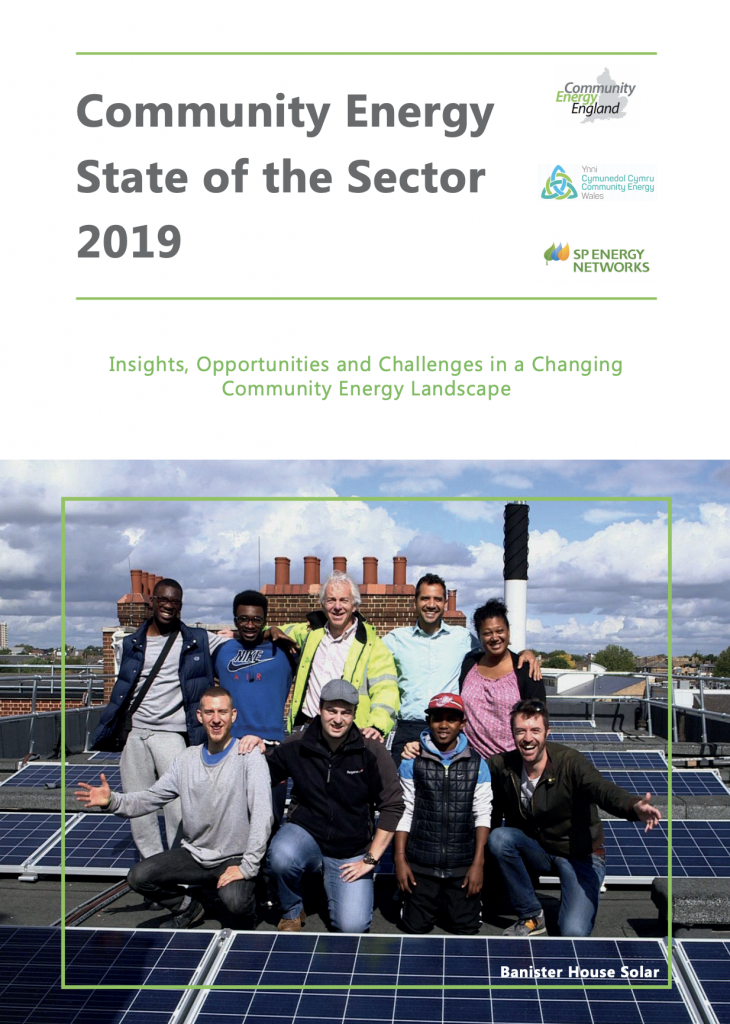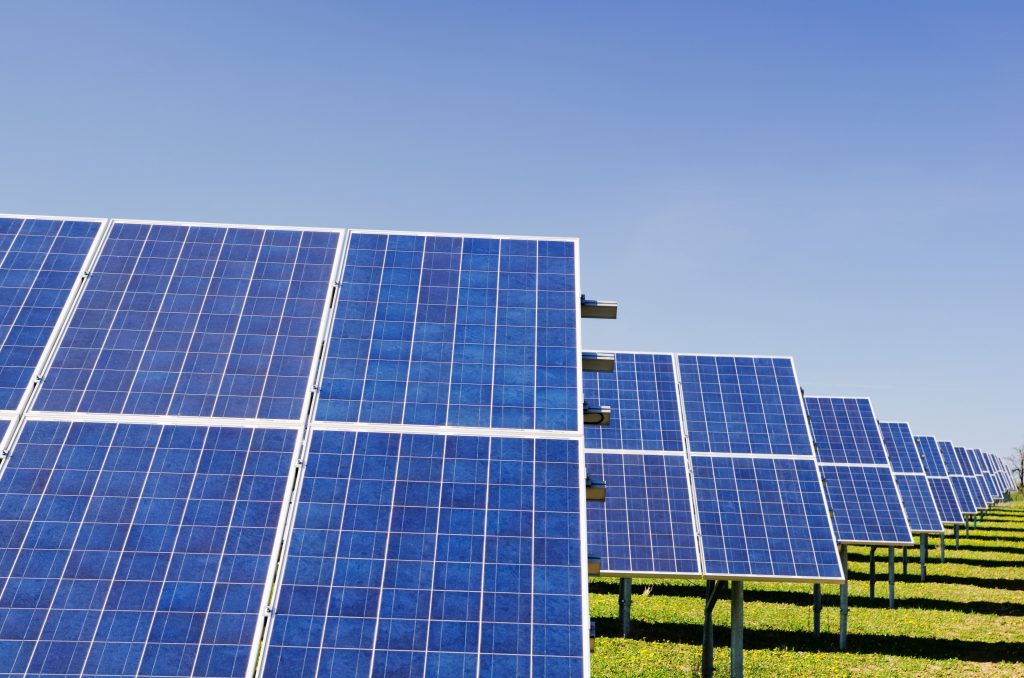Beca Roberts reflects on the health of community energy in Wales
Community energy is often thought of mainly in terms of renewable energy generation, but it can offer so much more.
Community energy has the potential to draw people in, not just as consumers but also as active participants, or partners, in a process of change. Partners because people share in the benefits, have some say in how things happen, are actively involved and feel a connection with the outcomes.
By placing democratic control, shared benefits and active participation at the centre of project delivery, community energy can create a foundation for the significant infrastructural and cultural change we need to reduce the impact of climate change and increase our energy security.
So what is the state of community energy? What contribution is it already making? And crucially, what more could we do?
The third Community Energy State of the Sector Report builds upon previous reports from 2017 and 2018, and assesses data collected by over 200 community energy groups across Wales, England and Northern Ireland up to the end of 2018.

2018 was the toughest year yet for the sector, with new generation capacity falling steeply in comparison to previous years. In 2018, just 7.9 MW of new community energy projects were installed, compared to 33.5 MW of new capacity in 2017. As of December 2018, the total community energy generation capacity of England, Wales and Northern Ireland was found to be 168 MW, the equivalent of supplying electricity to just 64,000 homes.
In Wales the community energy sector benefits from a number of supporting mechanisms, organisations and policies not available elsewhere in the UK. The Welsh Government has actively recognised the economic, social and environmental benefits of local and community energy, setting a goal of 1 gigawatt (GW) of community or locally owned energy in Wales by 2030, as well as for all new projects to have an element of local ownership by 2020.
In October 2018, the Welsh Government launched the new Welsh Government Energy Service, building on support previously offered through the Ynni Fro and subsequent Ynni Lleol support frameworks. The new service provides financial and technical support to help public sector and community energy organisations across Wales to develop their own renewable energy schemes.
However, whilst the community energy sector in Wales receives greater support than in England, the sector has still been greatly impacted by recent changes to the policy landscape in the UK. The impact of policy changes has been stark; the removal of subsidies like the Feed-In Tariffs (FITs), increased planning restrictions for on-shore wind, and the lack of tax relief for those willing to invest in community energy projects, have all severely impacted the sector’s ability to create financially viable energy generation schemes.
But community energy is about much more than energy generation, and local groups in Wales have been working on new ways to ensure that communities can carry out practical climate action. This year we have seen a greater focus on energy efficiency programmes and electric vehicles, as well as schemes investigating flexibility services, demand side response, local energy supply and peer-to-peer trading.
Despite the challenges faced by the sector, community energy projects have delivered many additional positive impacts. In 2018, community benefit funds, created by community energy schemes across the UK, distributed £978,000 to local good causes, the majority of which have an environmental focus, particularly energy efficiency. Community energy schemes also supported low cost energy generation for homes, schools and public buildings, and paid dividend returns to community investors.
The State of the Sector report was released in tandem with new polling of UK public attitudes towards community energy. The polling found that eight in ten, or 82%, of respondents, a record high, think that Government should do more to help local communities generate their own energy, and two in three, 69%, think the Government should once again offer tax relief to those individuals who take the risk of investing in community energy.
There is significant potential to increase community energy across the country, but action from the UK Government is needed to seize these opportunities. The sector is not asking for a guaranteed route to market or huge public subsidies; relatively small asks such as support during the transition after FIT subsidies have been removed, alongside a reinstatement of tax relief for community energy projects, would unlock many projects currently on hold.
Whilst community energy organisations throughout the UK have been negatively impacted by recent changes to the policy support landscape, 37% of Welsh community energy organisations still plan to develop low carbon projects in 2019. Many community energy organisations planned to and successfully developed projects prior to the Feed-in Tariff scheme closure in March 2019, with many more investigating more innovative approaches to energy generation storage and use, such as local supply models, local energy clubs and investment in existing generation schemes.
We acknowledge and are encouraged by the Welsh Government’s commitment to support community energy projects. However, our study demonstrates that recent reductions in support at a UK level are already impacting heavily on the sector and risk undermining the successes that we have, together, achieved.
Photo by Zbynek Burival on Unsplash
All articles published on Click on Wales are subject to IWA’s disclaimer.





